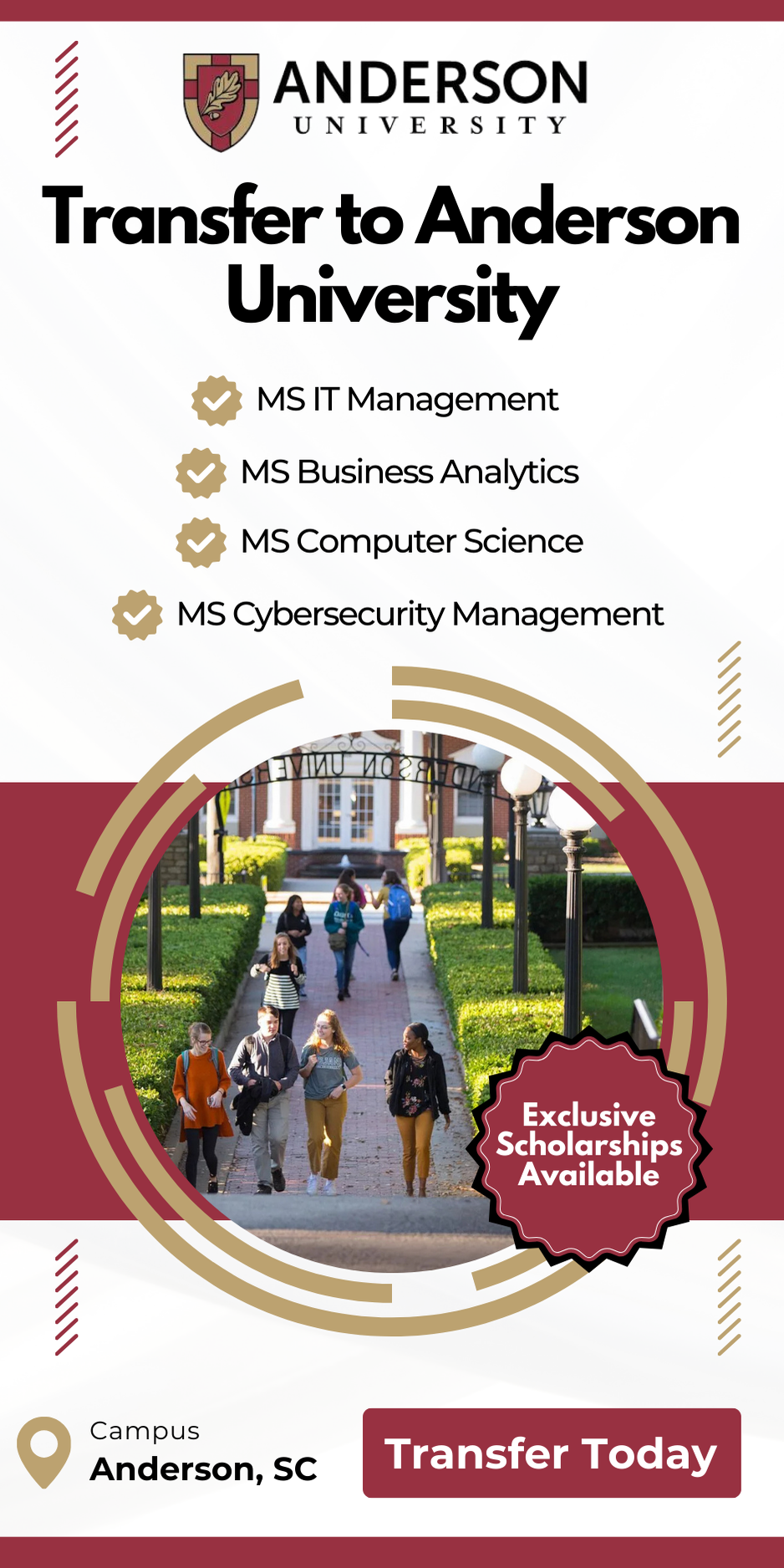Gaining practical work experience is a valuable addition to academic studies for international students pursuing education in the United States under an F-1 visa. Two primary avenues facilitate this: Curricular Practical Training (CPT) and Optional Practical Training (OPT). Understanding the distinctions between these programs is crucial for making informed decisions about employment opportunities during and after your academic program.
Curricular Practical Training (CPT)
CPT allows F-1 students to engage in employment directly related to their major field of study. This employment is considered an integral part of the curriculum and must be completed before graduation.
Key Features of CPT:
- Eligibility:
Students must have completed at least one academic year in their program unless the curriculum requires earlier participation (e.g., graduate students in some cases). - Relation to Curriculum:
The training must be a mandatory part of the curriculum or, if not required, must award academic credit. - Authorization:
Approval is granted by the institution’s Designated School Official (DSO), who will issue an updated Form I-20 indicating CPT authorization.
Employment Details:
- Duration:
CPT must be completed before graduation. - Hours:
- Part-time: 20 hours or less per week (typically during the academic term).
- Full-time: More than 20 hours per week (usually allowed during official school breaks).
- Part-time: 20 hours or less per week (typically during the academic term).
- Impact on OPT:
Accumulating 12 months or more of full-time CPT makes the student ineligible for OPT. Part-time CPT does not affect OPT eligibility.
Optional Practical Training (OPT)
OPT provides F-1 students with the opportunity to gain practical experience related to their field of study, either during or after completing their academic program.
Key Features of OPT:
- Eligibility:
Students must have completed at least one academic year of full-time enrollment and must seek employment directly related to their major field. - Timing:
OPT can be utilized in two phases:
- Pre-completion OPT: During the student’s program of study.
- Post-completion OPT: After graduation.
- Pre-completion OPT: During the student’s program of study.
- Authorization:
Requires an application to the U.S. Citizenship and Immigration Services (USCIS) for an Employment Authorization Document (EAD), which may take up to 90 days for approval.
Employment Details:
- Duration:
- Standard OPT: 12 months for most students.
- STEM OPT Extension: An additional 24 months (totaling 36 months) for students in eligible STEM fields.
- Standard OPT: 12 months for most students.
- Hours:
- During school sessions: Limited to 20 hours per week.
- During vacations or post-completion: Full-time work allowed.
- During school sessions: Limited to 20 hours per week.
- Job Offer:
An offer of employment is not required at the time of application. Students may apply for OPT without securing a job.
Key Differences Between CPT and OPT
| Aspect | Curricular Practical Training (CPT) | Optional Practical Training (OPT) |
| Purpose | Integral part of academic curriculum | Supplementary work experience |
| Timing | Must be completed before graduation | Can be before or after graduation |
| Authorization | Approved by DSO; no USCIS involvement | Requires USCIS approval and issuance of EAD |
| Duration | Varies; full-time CPT over 12 months affects OPT eligibility | Up to 12 months; additional 24 months for eligible STEM students |
| Job Offer | Must have an offer before authorization | No job offer required at the time of application |
People Also Ask (PAA)
- What is the main difference between CPT and OPT?
CPT is an integral part of the academic curriculum that must be completed before graduation, while OPT provides practical work experience that can occur either before or after graduation. - Can I use both CPT and OPT during my studies?
Yes, students can use both. However, accumulating 12 months or more of full-time CPT makes you ineligible for OPT. Part-time CPT does not affect OPT eligibility. - Do I need a job offer to apply for OPT?
No, a job offer is not required when applying for OPT. - How long does it take to get OPT authorization?
The USCIS processing time for OPT authorization can take up to 90 days. - Is CPT authorization faster than OPT?
Yes, CPT authorization is managed by the school’s DSO and is typically faster compared to OPT, which requires USCIS approval. - Can I work full-time on CPT during the academic year?
Full-time CPT is generally allowed during vacation periods. During the academic year, students typically engage in part-time CPT unless specified otherwise. - Does part-time CPT affect my OPT eligibility?
No, part-time CPT does not impact your eligibility for OPT. - Are there any fees associated with applying for OPT?
Yes, applying for OPT requires a filing fee payable to USCIS. - Can I extend my OPT if I am not a STEM major?
No, only students who have completed a degree in a STEM field can apply for the 24-month OPT extension. - What happens if I don’t find a job during my OPT period?
Students on OPT are allowed a maximum of 90 days of unemployment during the initial 12-month period. Exceeding this limit can impact your legal status in the U.S.
Conclusion
Understanding the differences between CPT and OPT is crucial for F-1 students planning their academic and professional journeys in the United States. Making informed decisions about these work opportunities can significantly impact your career prospects. It is highly recommended to consult your institution’s international student office for guidance tailored to your specific circumstances.

